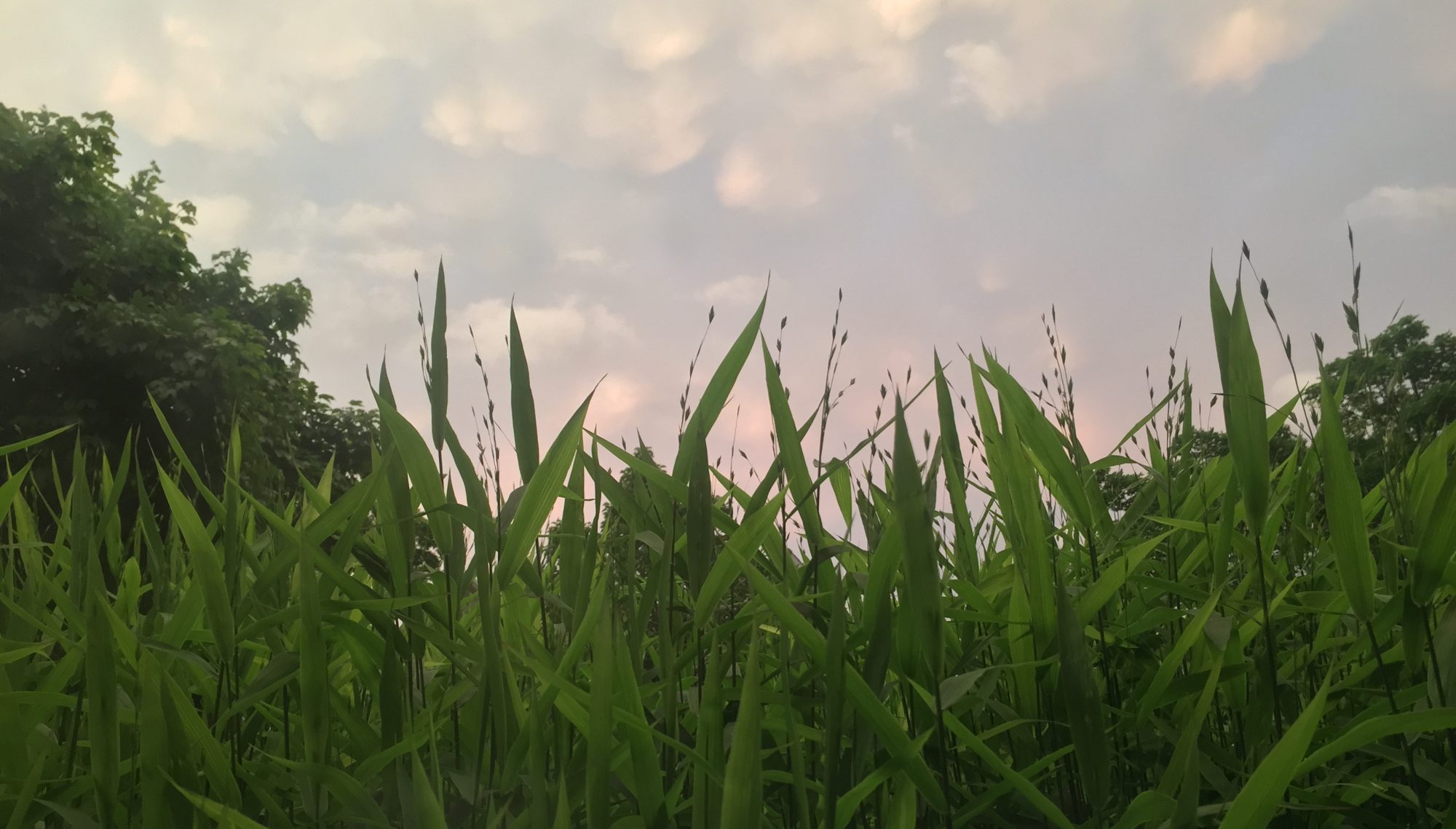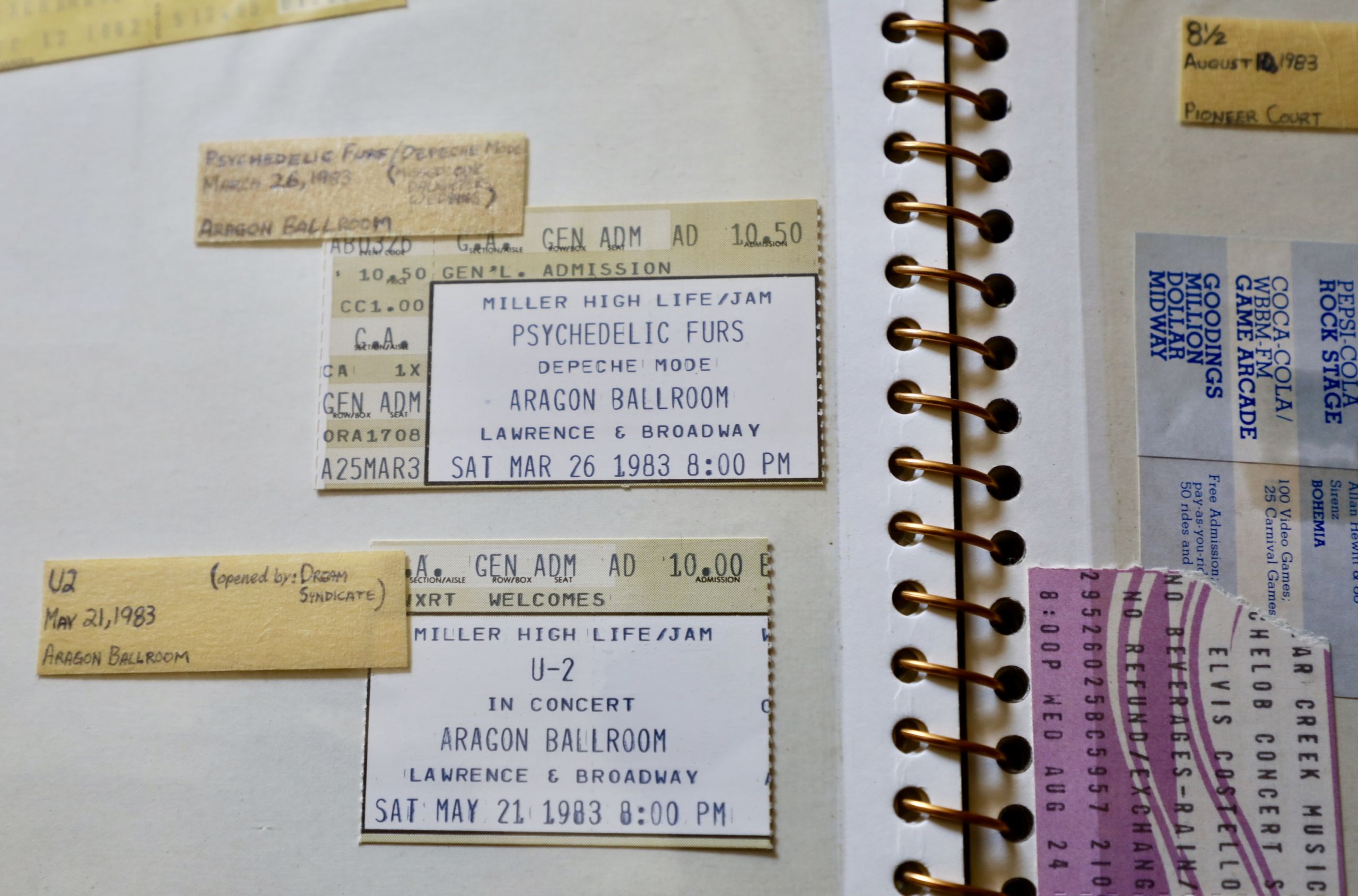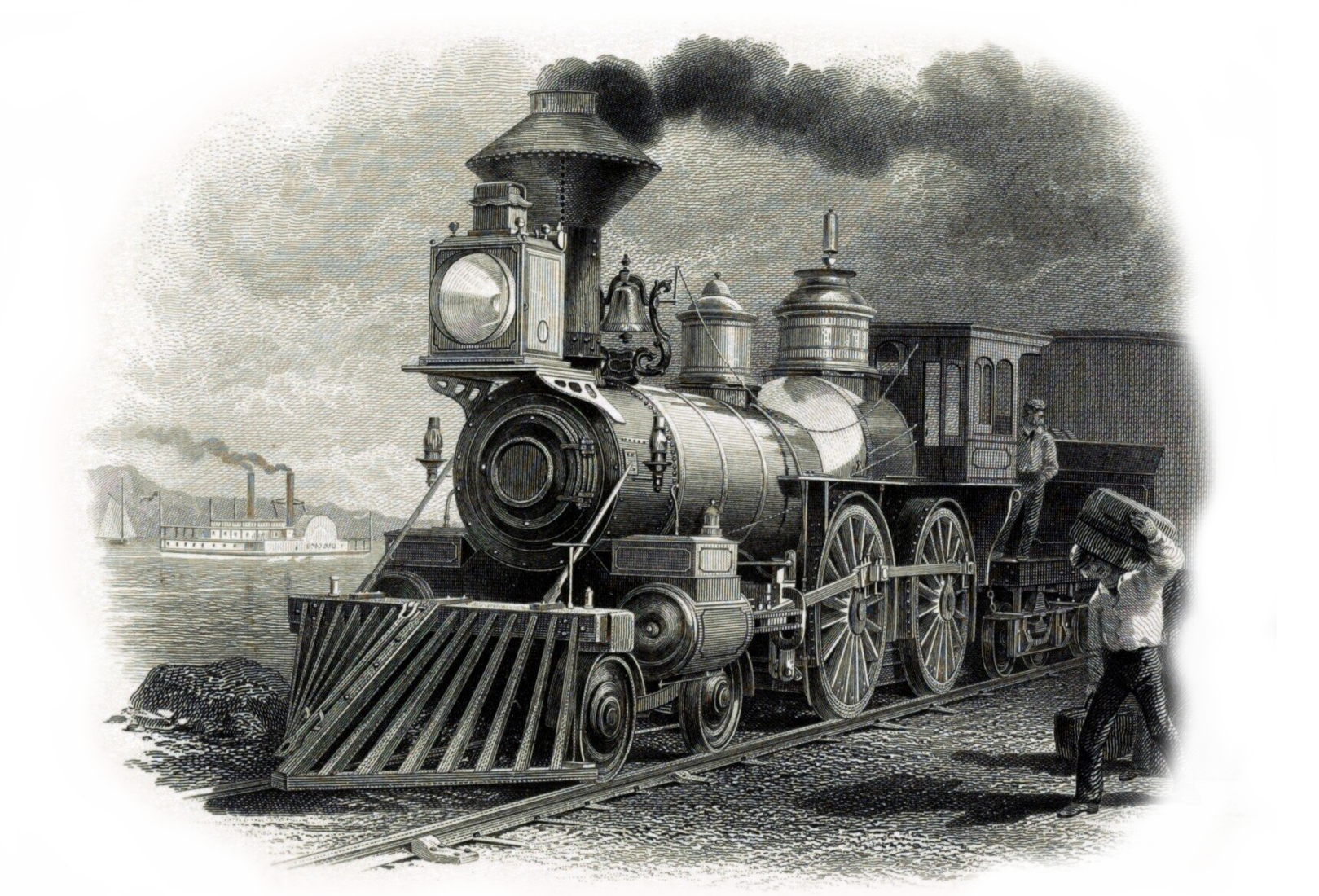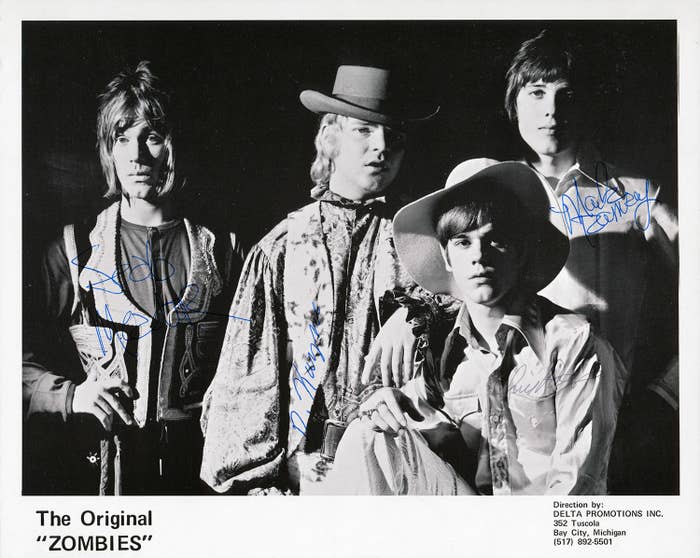Music
The Low Anthem, “Blood and Altar”
I don’t know much about Providence, RI’s The Low Anthem—I encountered them on a Paste Magazine sampler cd (remember those?) more than a decade ago, and downloaded a couple of their albums. The other day, though, I stumbled across this 2011 recording of “Blood and Altar,” and it honestly gave me chills—it’s a hauntingly beautiful song.
Podcast
The Working Songwriter
 I first discovered that singer-songwriter Joe Pug had a podcast when he interviewed my college classmate Josh Ritter some years back, and it has turned into one of my regular must-listens. It might be a little “inside baseball” if you’re not a songwriter yourself, but chances are you’ll learn a lot about the craft from the series of luminaries Pug has accumulated in his catalog.
I first discovered that singer-songwriter Joe Pug had a podcast when he interviewed my college classmate Josh Ritter some years back, and it has turned into one of my regular must-listens. It might be a little “inside baseball” if you’re not a songwriter yourself, but chances are you’ll learn a lot about the craft from the series of luminaries Pug has accumulated in his catalog.
Article
“Prayers for Richard” by David Ramsey, Oxford American
I found out about this 2015 piece on the infamous Little Richard, who died earlier this month, through Aquarium Drunkard‘s newsletter. It is everything the best music writing should be—lyrical, personal but damn near universal, and cognizant of a legend’s cultural impact without being overly reverent. If you have any interest in the roots of rock and roll, this is a must-read.










